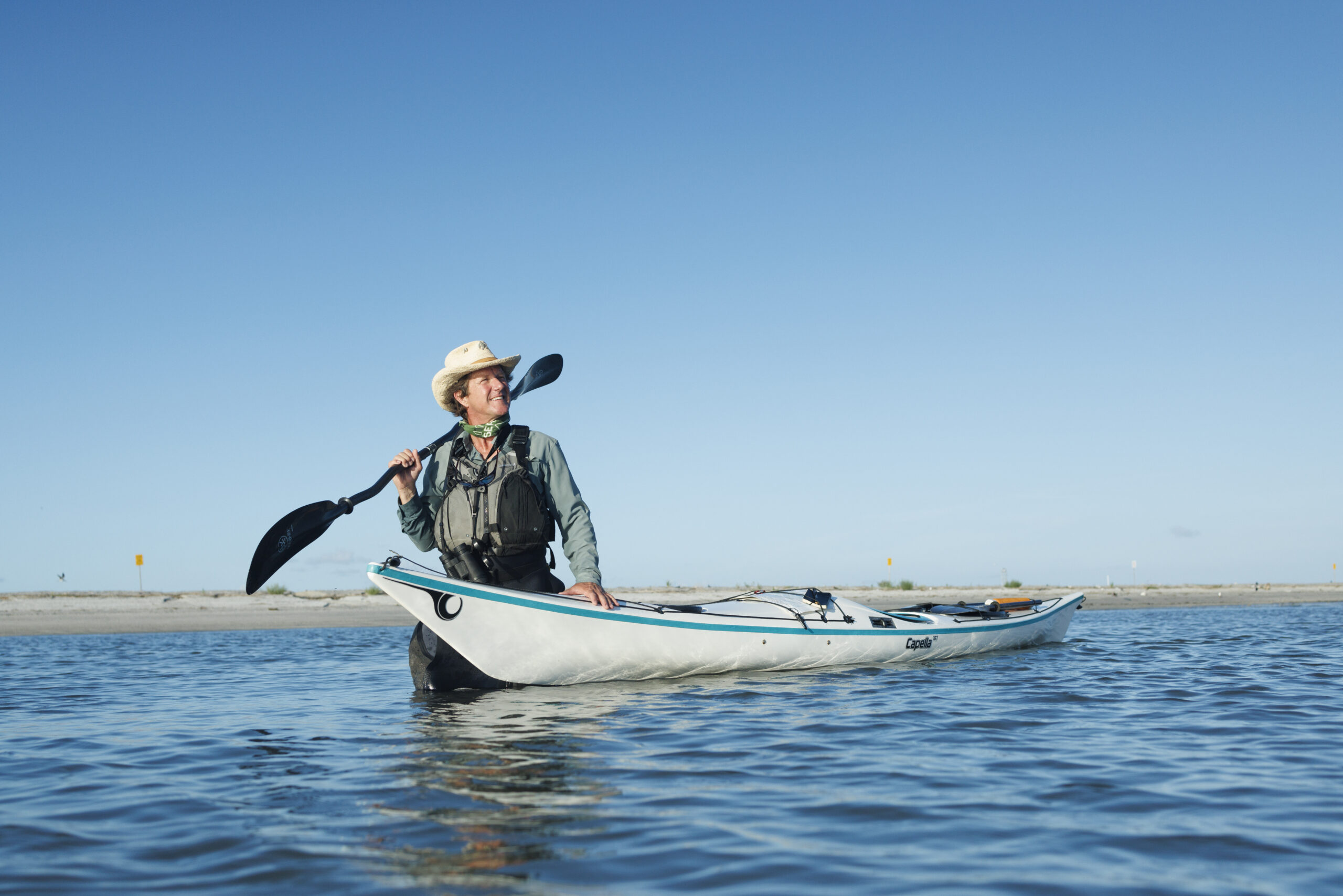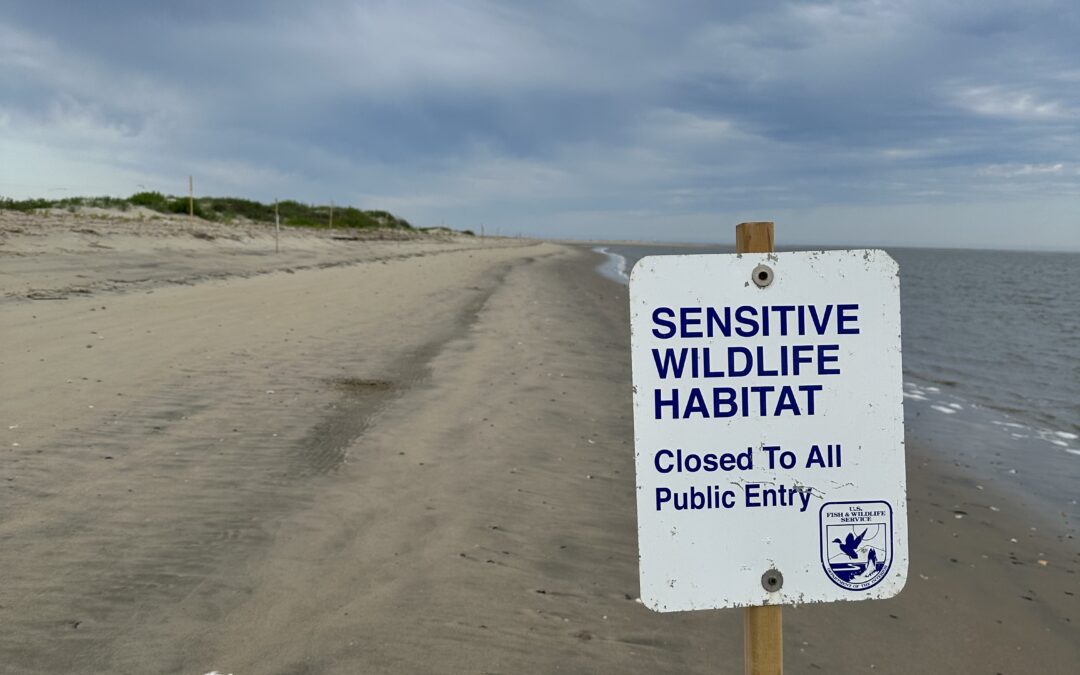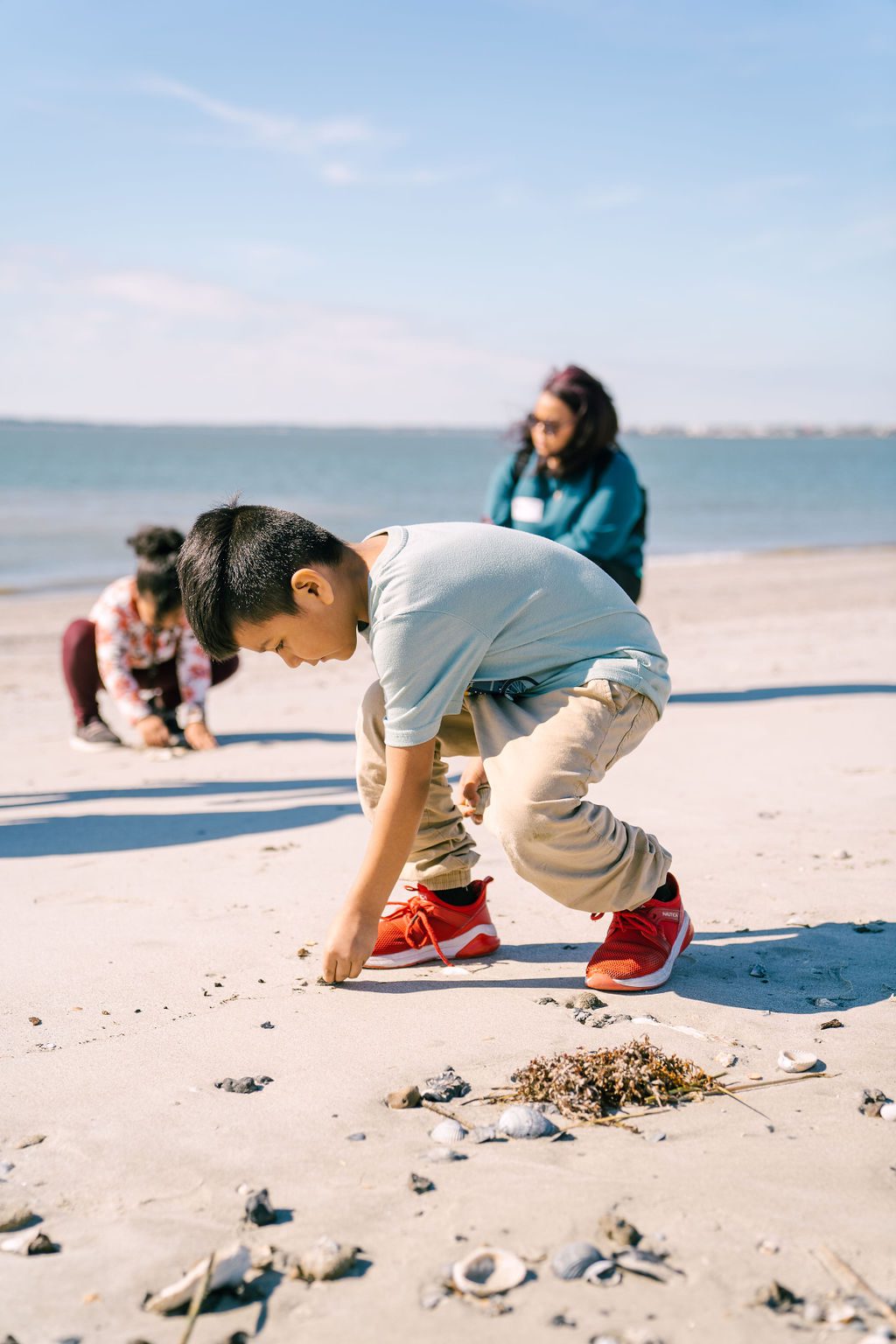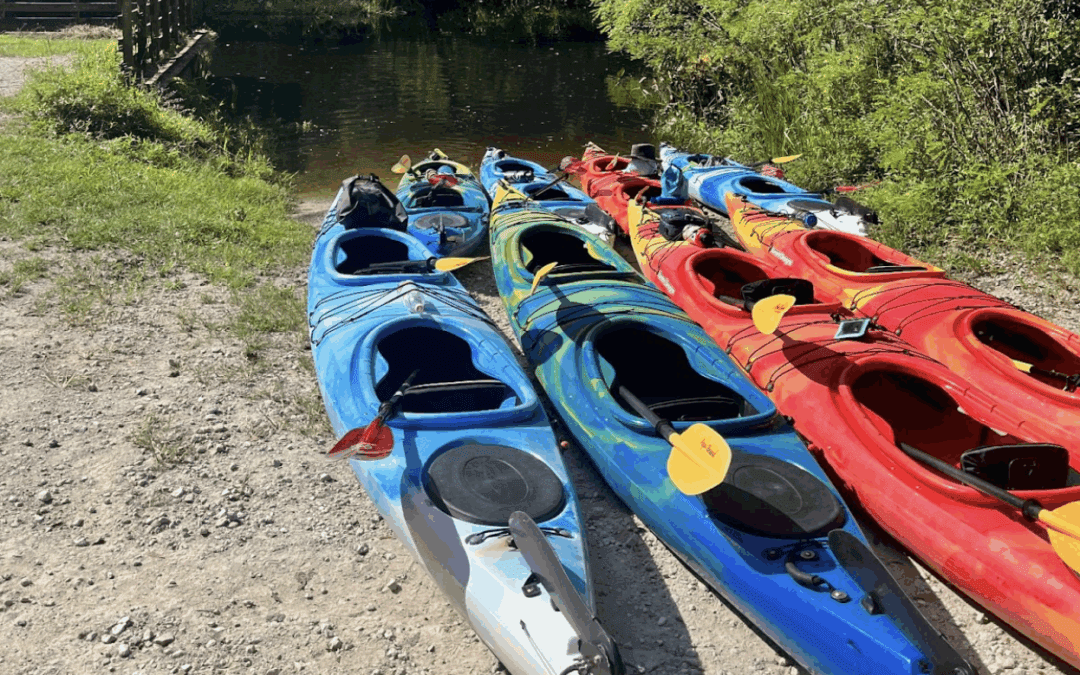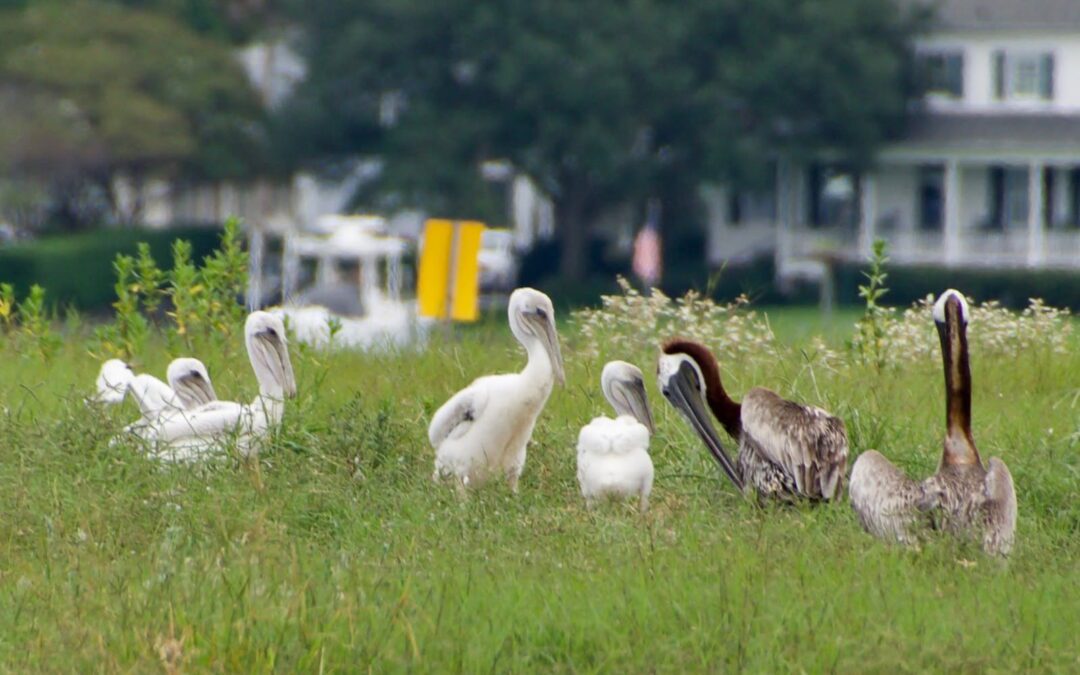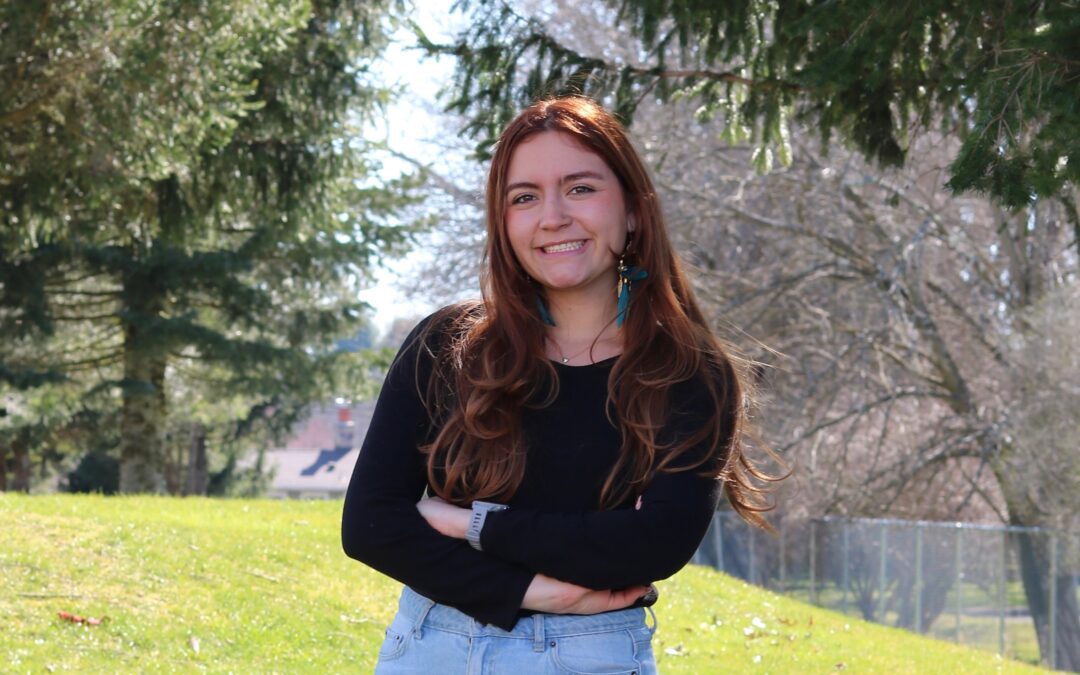GUIDEPOSTS
Where Pavement Ends
As told to Kari Crolley by Capt. Chris Crolley
August 22, 2025
Back when we were first leading tours out to Capers Island in the 1990’s, Copahee Sound was one of those places that felt like a secret. A magical put-in. You’d drive down Gadsdenville Road—what was left of it anyway—until the pavement just stopped. There was a big sign there that read “Pavement Ends.” I always wanted to come back and change it to “Nature Begins.” Because it did. The road didn’t just end—it surrendered to the marsh.
Back in those days, we’d park where we could, sometimes risking our cars, sometimes striking a deal with the last Gullah family on the right. They’d let us park in their yard in exchange for some cash and goodwill. Then we’d load the kayaks and head out, hoping we’d timed the tide right.
You couldn’t float a paper boat at Copahee if you got the tides wrong. And we did, plenty of times. We were learning—how to read the water, how to understand the rhythms. One of our rites of passage back then was this: if you blew the tide at Copahee, you had to cover yourself from head to toe in pluff mud. Full initiation. I wore it like a badge.
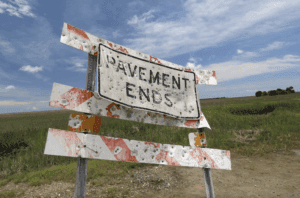
I remember taking Eddie Nickens out for a multi-day paddle. Eddie’s a writer—a great one—and he’d come down with a friend named Wood, another outdoorsman who actually managed to catch fish on a kayak trip, which is a miracle in itself. That trip felt like a scene out of Daniel Boone’s journal. We cooked fish fillets in a pan with blue crab, oysters, salicornia, and whatever else we’d foraged. Smilax, maybe even some groundnut. All pulled from the edge of the earth.
Eddie said he wanted to paddle out of sight of land, so I made it happen. We didn’t have to go far—just a couple miles offshore from Capers, and you’re completely surrounded by blue. He was in a Current Designs Whistler sea kayak, I was in some British boat. Big, gentle ocean swells—benign in their rise and fall, but big enough to separate you. In the troughs, you couldn’t see another kayak at all. I wanted him to feel that space. That absence. That reckoning.
He had his little Rite in the Rain notebook out, taking notes while I drifted quietly behind him, out of sight. I worked it just right so that when he turned, he still couldn’t find me—not in the trough we were in, not in the next. I wanted him to wonder. To feel the edges of uncertainty. Maybe even a little fear. The kind that makes you suddenly wish you had a compass. The kind that reminds you how quickly the ocean can unmake your sense of direction.
That was the kind of knowledge we were building Coastal Expeditions on. Earned, not downloaded. Experienced, not theorized. I still want to get a kayak back out into the ocean like that. Back to the edge. Where nature begins.
We’re bringing back our classic Capers Island Kayak Tour itinerary for Fall 2025. Sign up for one to see if we get the tides right.
